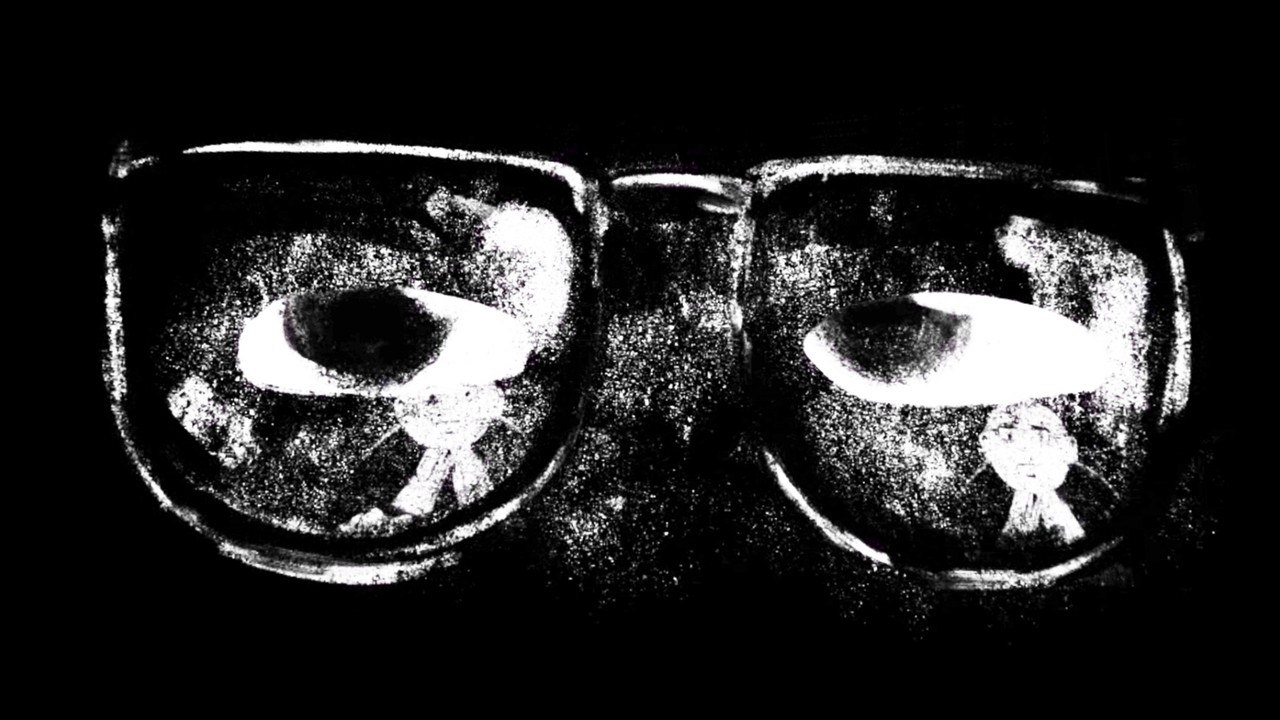
Trip to Rivonia in 1963…
“The fundamental principle in our struggle is equal rights for all in our country, […]”
Walter Sisulu
Accused no.2: Walter Sisulu is the third virtual reality documentary short I have had the chance to view in the comfort of my room between May 29th and June 1st 2020 thanks to the PHI VR TO GOT event specifically created by the Phi Centre during lockdown. Before I reveal what it is about, I invite you to view the trailer. Don’t forget to set up the image quality to the highest so you can enjoy the experience to the fullest.
“The story of the struggle against Apartheid is symbolised by one man: Nelson Mandela. He came to public notice during the Rivonia trial, but he was not alone, nine co-accused were sentenced with him to hard labour for life. At the risk of their lives, they had chosen to turn their trial into a political indictment of the segregationist regime.Today, with 256 hours of audio recordings of the hearings, we can relive the ANC’s fight against Apartheid and discover the accused number 2, Walter Sisulu, Secretary General of the ANC.”
Pitch of the film from the website of the Phi Centre
As a History lover myself, discovering this film has been an interesting experience and also allowed me to see how French technicians used the virtual reality technology. I believe in fate except for when I write. The most striking element in this artwork are obviously the drawings that are used instead of the usual recorded movements of real people, and they do bring a touch of originality to this film, which is the first virtual reality entirely composed of animated drawings I have seen. I have never been particularly attracted to animated films, especially since I don’t emotionally relate to drawn characters as much as I do with real people, however, choosing to give life to drawings is always nice and original in terms of art and technique, and also requires a huge amount of work and dedication. During the ending credits, the photograph shown to us on a black screen, as if the spectator were floating in the air of a movie theater, struck me more than the actual fifteen minutes of animation to be honest. Nevertheless, film animation perfectly has the right to be enjoyed alongside the virtual reality technology. For that matter, I have found the choice to screen only black and white drawings bold regarding the subject the film is about, as the drawing technique unleashes a brilliant contrast between the black (Black people) and the white (White people). Let alone the importance of the artistic visual choice of the film, the archival recordings are the source of the project and put forward in the creation of the film. I had the impression throughout the viewing that the film showed a noticeable contrast between historical recordings and visual art, thus pushing the spectator to ask himself or herself what to do and what to focus on. After some introductory sentences on the historical context, the film opens on a completely black screen with me, as a spectator, awakening in the middle of the dark surrounded by a white rope that moves at every beat of intonation from the first voices that are being heard. I am certainly not the first one to have that opinion, but I actually find it difficult to concentrate on several impressive artistic elements at once. To be able to enjoy each of them, I prefer them to be fewer. “Less is more.” as a certain bourgeois French woman used to tell me, though I agree with her on this point. Being that much absorbed by the virtual reality technology and the drawings, I could not focus on the important recordings the way I wanted to. I then found myself in a huge court room that looked like it didn’t have an end, and in which each filmed element appeared at a low angle for the spectator. Especially the judges! There was a beautiful wide variety of shots there, and a fascinating use of space in this room in which one felt oppressed. The recordings as well as the auditive sensations and feelings of fright overlapped the realistic mise-en-scène of the trial. The drawn characters seem alive nay possessed in certain shots, as it is clear that the film is not an objective reconstitution of the trial. The side actions that could have been interesting to explore with the virtual reality technology are less visible, and everything happens right before our eyes whether one wants it or not. The threatening facial expressions, words, and actions that take place one after the other at an infernal pace are depicting the old cause defended by the accused. Another interesting textual choice is the inclusion of flashbacks from Sisulu’s childhood and past life in which one is obviously taken to. These trips made possible for the spectator are like a temporal vertical migration every time. The film ends on an aura-like onirical crane shot illustrating the end of the Apartheid. One flies in the air slowly as the population waiting in line to vote stares continuously at the spectator. This shot is the only white shot of the film, symbolizing a recovered hope after years of darkness depicted in the film by dark shots in which only the white stains of the Westerners are disrupting the smoothness of the black shots. The technical work done on this film is obvious, and even if this film did not disrupt my emotions as much as the other films, I give it three deserved stars.
“[…] and that all people who have made South Africa their home, by birth or adoption, irrespective of colour or creed, are entitled to these rights”
Walter Sisulu
References
Head image: https://www.tribecafilm.com/films/accused-no-2-walter-sisalu-2019
